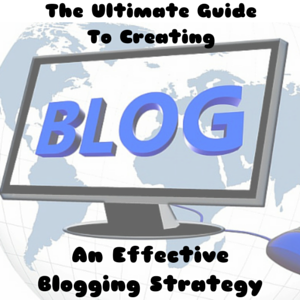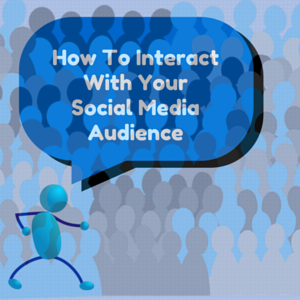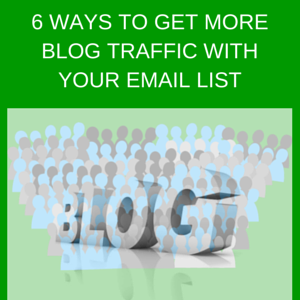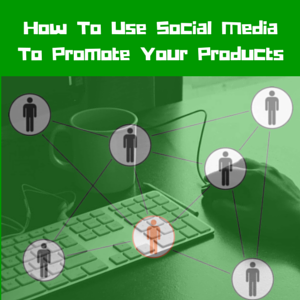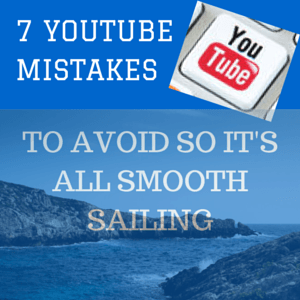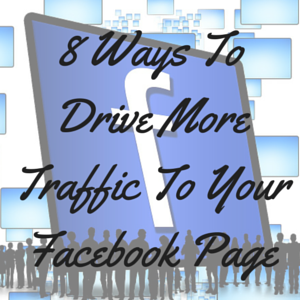
With over 1.44 billion monthly active users and over 900 million daily active users, it is fair to say that Facebook is the supreme social network in terms of user base. Facebook’s ever growing popularity and significance make it a crucial social network for your business to get on and optimize effectively. Facebook has made rules over the years that now make it more difficult for business pages to get their content in front of their audiences, but once you get a massive audience to see your Facebook content, they’ll come back to your Facebook Page numerous times. Remember that most of the 900 million people who log into Facebook every day also spend over an hour on the social media behemoth per day. Facebook is still important, and it’s importance grows as the days go by. If you don’t optimize Facebook for your business, then now is the time to start. If you already have a Facebook Page or want to get one, that Facebook Page needs more traffic. Here are eight ways to drive the traffic to your Facebook Page:
#1: Promote Your Facebook Page On Your Other Social Networks
One of the most basic ways to promote your Facebook Page is by promoting it to the audience that you have already built. I use my social networks to promote each other, and depending on my needs in the moment, I may spend extra time promoting one of my social networks. When I decided to get back on YouTube, I went off to Twitter for the channel promotion. I have gained thousands of subscribers for my YouTube channel ever since the promotion started. This cool story about my YouTube channel is a cool story that you can replicate for your Facebook Page so it gets thousands of likes. You don’t want to be over-promotional on social media, but it is okay to promote yourself and your other social media accounts often.
#2: Promote Your Facebook Page On Your Blog
There are WordPress plugins that allow you to display your Facebook Page and some of its posts directly on your blog. If your blog visitors like your content, then they will be enticed to like your Facebook Page. However, your blog visitors will only like your Facebook Page if you include a call-to-action. You can include a call-to-action through your blog’s sidebar. If you do not have a fancy widget or plugin that displays your Facebook Page and the like button, you can always take an image of the Facebook logo that says “Like Us On Facebook” or something of that nature and link it to your Facebook Page. That way, when someone clicks the “Like Us On Facebook” picture on your blog’s sidebar, they will get sent to your Facebook Page.
#3: Tell Your Email List About It
Now that you know to promote your Facebook Page to your current audience, why stop short at the email list? If you send meaningful email blasts to your subscribers, then your email list will be your best source for traffic, sales, and social media growth. When you get started with your first Facebook Page or start to take an older Facebook Page more seriously, you can let the people on your email list know about the change. The people on your email list are usually your biggest supporters, and in addition to the likes and engagement your Facebook Page generates from the email blast, you may also get emails from the people on your list who enjoy what you are doing with your Facebook Page or just enjoy your brand as a whole. These types of emails are very motivating, and they never get old. Even the most successful, inspirational individuals like it when they get more motivation to do something.
#4: Participate In Facebook Groups
Have you heard of the saying “go where your audience is”? When you search for keywords that revolve around your niche, you will come across active Facebook Groups that may have thousands of people within your niche. The people who are a part of the Facebook Group would probably click the like button on your Facebook Page, but only if they see your Facebook Page.
The best way to get people in a Facebook Group to see and like your page is if you join the group through your Facebook Page instead of joining it through your personal account. Joining Facebook Groups with your Page allows every comment or post you put in the Group to promote your Facebook Page. When other group members hover their mouses onto your name, they will see your Facebook Page and the like button instead of the personal account and the “Add friend” option.
When you do participate in Facebook Groups, you must participate by the Group Rules. 99% of the time, that means you are not promoting your Facebook Page in post or comment. You can post and comment using your Facebook Page, but the moment you post something along the lines of “Please like my Facebook Page,” you will lose respect within that group and most likely get kicked out. Look at how other people in the Group interact with each other before jumping in. By looking at how other people interact, you will learn how to interact in a way that the other group members will notice and appreciate.
#5: Do Shout Out Exchanges With Other Facebook Pages
One of the most underrated ways to get more Facebook Page likes is to do shout out exchanges with other Facebook Pages. SEO expert Neil Patel used this one strategy to accumulate thousands of likes for one of his Facebook Pages. Once your Facebook Page hits a certain number of likes (Neil waited until his page surpassed 3,000 likes), you should contact owners of Facebook Pages that are similar to your Facebook Page and ask for a shout out exchange. If you are a digital marketing expert with a Facebook Page about digital marketing, you would use this strategy to target other digital marketers who have successful Facebook Pages.
The people you contact should have close to the same number of likes as you do. If you contact someone with a small number of likes compared to the amount of likes you have, then you won’t get the good end of the deal. If you contact someone with 10 times as many likes as you, then that person probably won’t agree to do the shout out exchange since that person wouldn’t get the good end of the deal. If you have 3,000 likes, you should be contacting people who have 2,500-5,000 Facebook Page likes. That way, more people will say yes to your shout out request. You can both agree to delete the shout out post eight hours after you both send the shout out posts so your Facebook Pages don’t appear over-promotional. Most Facebook Page owners say no to these types of requests, but if you get 10 people with 3,000 likes to say yes, then your Facebook Page will be put in front of 30,000 additional people who may then choose to like your page.
You also get the benefit of helping someone else in your niche to grow and thrive on Facebook. With this strategy, you and the Facebook Page owner who agrees to the shout out exchange will bring each other up to the next level.
#6: Post Multiple Times Per Day
You can generate traffic from your blog and other social networks, but you should also generate traffic from Facebook itself. Exchanging shout outs with other Facebook Pages similar to yours is one way to get traffic from Facebook, but one of the main ways to get more traffic from Facebook is by posting on your Facebook Page multiple times per day.
Not only is it important to post on your Facebook Page multiple times per day to get more traffic, but posting on your Facebook Page multiple times per day allows you to build a stronger relationship between you and the audience that you have already built. There is no point in having a successful Facebook Page with over 100,000 likes if you won’t interact with your audience by sending out posts.
#7: Look At Your Page Insights
Knowing when to post content is just as important as posting content. With a Facebook Page, you get Facebook Page Insights provided to you free of charge. These Insights let you know when a large percentage of your audience is on Facebook, and this information will let you know which times of the day are the sweet spots for posting your content. You may discover, for instance, that more people in your audience are on Facebook every Tuesday at 6 pm than any other time on Tuesday. You should primarily send Facebook posts at optimal times when you know your audience would see those posts so that those posts can spread farther and attract more engagement.
#8: Use Facebook Advertising
Facebook advertising is one of the most powerful forms of promotion on Facebook, and some people rely on Facebook ads to get hundreds of thousands of likes. Some marketers have perfected the system and get thousands of likes for under $100. If you spent $10 per day to promote a Facebook ad, and you optimized your ad to perform well, then your Facebook Page could potentially get thousands of likes every month all for just $300 per month. It takes time and practice to reach that point, but once you reach the point of getting thousands of likes for a few hundred dollars, then you will have a large audience to interact with. If you have landing pages to get more subscribers, and you promote your landing pages to your Facebook audience (preferably promote the landing page with an ad), then your email list would get super-sized. The result of a super-sized email list is that the next time you do some type of product promotion, you will generate more revenue, and some of that extra revenue can go into the Facebook ads. It is all a matter of starting that cycle to a point where you can always count on it for your business.
In Conclusion
With Facebook approaching 1 billion daily active users, Facebook Pages are constantly growing in importance. If you spend time every day growing your Facebook audience, your Facebook audience could potentially transform your brand. You can jumpstart your Facebook growth by spending some money on Facebook advertisements, but none of the growth matters if you are not posting new content on your Facebook Page and taking the time to interact with your audience.
Do you use Facebook for your brand? Do you think Facebook’s new rules restrict Business Pages to the point where the results are not worth the time and money? Do you have an additional tip for generating more traffic to your Facebook Page? Please share your thoughts and advice below.
